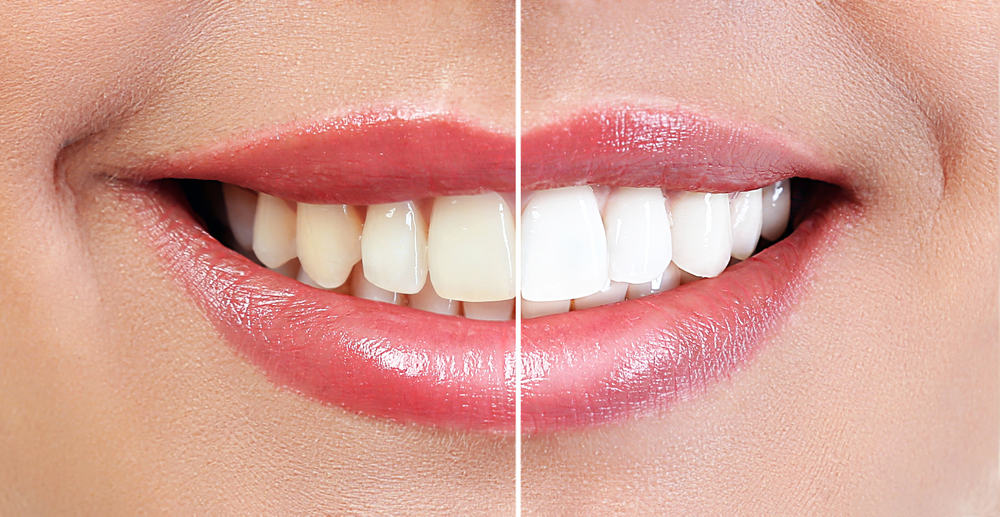Contents:
- Medical Video: Nostril Abscess Drainage | Auburn Medical Group
- Ludwig angina, pus-filled lump in the inner neck
- What are the symptoms?
- What caused it?
- How is Ludwig angina diagnosed?
- Various ways to treat and relieve symptoms of Ludwig angina
- Maintaining cleanliness and oral health, the key to preventing Ludwig angina
Medical Video: Nostril Abscess Drainage | Auburn Medical Group
Neck pain can occur to anyone, maybe because of a wrong pillow or stiff neck muscles because it is too long to work in front of the computer. This type of neck pain is easy to treat. Another story with pain caused by Ludwig angina, because of a pus-filled lump in the inner neck. For more details, see the following review.
Ludwig angina, pus-filled lump in the inner neck
Ludwig angina is a rare bacterial infection that occurs in the floor of the mouth, under the tongue. Ludwig angina often occurs after infection in the root of the tooth, such as a tooth abscess (pus inside the tooth), or an injury in the mouth area. Can also be caused by other types of oral infections. Usually, adults are more prone to experience Ludwig angina than children.
What are the symptoms?
This condition causes the formation of abscesses or pus-filled lumps in the neck around it. In addition, Ludwig angina also causes swollen tongue, neck pain, and respiratory problems.
When this condition is followed by another infection in the mouth, the symptoms include:
- Pain in the lower part of the mouth or under the tongue.
- There feels a lump that causes difficulty swallowing and talking, and continues to salivate.
- The neck is swollen and painful.
- The neck becomes reddish.
- The body is weak and easily tired.
- The ear hurts.
- The tongue swells.
- Fever.
- Cold hot body.
When the infection progresses, you may experience difficulty breathing with chest pain. This can be a serious sign and can develop into complications that can cause death.
Complications of Ludwig angina can be sepsis (bacterial infection in the blood) or blockage of the respiratory tract due to the body's response to bacteria that causes severe inflammation.
So, see your doctor immediately if you have symptoms of Ludwig angina.
What caused it?
Pus-filled lumps in the neck due to Ludwig angina are caused by bacterial infections, generally Streptococcus and Staphylococcus bacteria.
This disease usually occurs in people with the following conditions:
- Poor oral and dental hygiene.
- Have experienced trauma or tears in the mouth.
- Just pulling teeth.
- Have an oral or dental infection.
How is Ludwig angina diagnosed?
A basic physical examination can help the doctor determine whether the swelling in the neck is really caused by Ludwig angina. For example, redness and swelling in the neck or tongue that is very clearly visible.
Doctors can also take saliva samples to find out if there are bacterial infections, and neck and mouth imaging tests.
Various ways to treat and relieve symptoms of Ludwig angina
Reporting from Health Line, Ludwig's treatment can be different based on the original cause.
Delayed treatment increases the risk of complications and life-threatening conditions, such as:
- Clogged airways
- Sepsis, which is a severe reaction to bacteria or other germs
- Sseptic yoke, which is an infection that causes very low blood pressure
Swelling that occurs due to Ludwig angina can interfere with your breathing. The doctor will insert a breathing tube through the nose or mouth and into the lungs to clear the airways. In severe and emergency cases, a breathing tube will be inserted through the neck and throat through a tracheostomy procedure.
In addition, this condition often causes edema, which is swelling due to excess fluid. So, a surgical procedure is needed to drain excess fluid in the swollen oral cavity.
Chances are you also need antibiotics that are injected into a vein until the symptoms disappear. After that, you will be recommended to take drinking medication until the next test shows that the bacteria has disappeared.
Maintaining cleanliness and oral health, the key to preventing Ludwig angina
don't forget to routinely brush your teeth twice a day, in the morning after meals and at night before going to bed.
Reduce food that can hurt teeth, gums, tongue, or mouth, for example, food is too hot or too hard and rough.
Meet the needs of vitamin C which protects you from canker sores while increasing your immune system against bacteria and viruses. Then, check your teeth to the dentist regularly at least once every 6 months.













